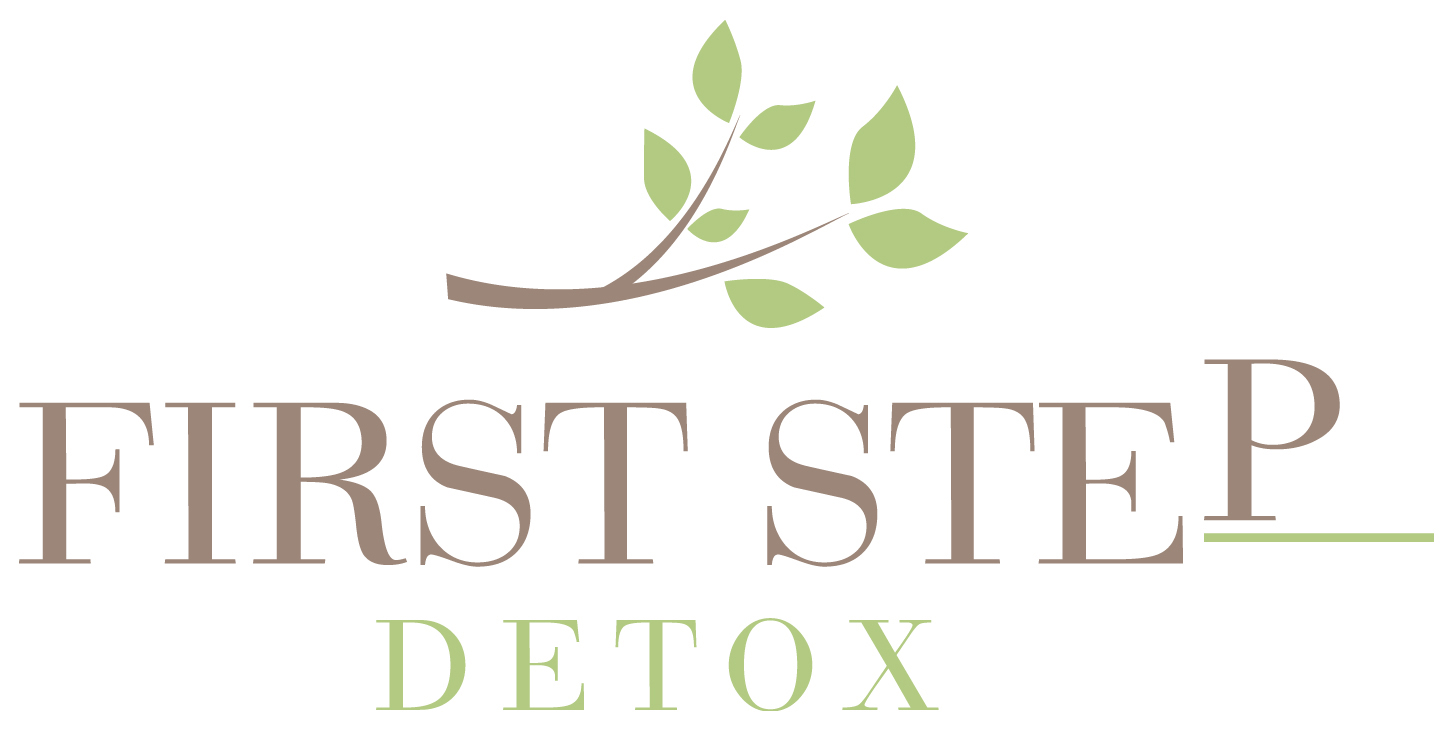 People who suffer from substance abuse problems like alcohol abuse are often scared to go through the withdrawal process because of horror stories they’ve heard. For instance, it’s not uncommon for people to say that cravings will never go away, but that’s meant to prevent people from drinking in the first place. Unfortunately, the effect it has is to deter people from seeking help. The good news is that medical detoxification will, in fact, help to eliminate your physical cravings, and the sooner you seek medical help for your drinking, the sooner you’ll be free of those needs.
People who suffer from substance abuse problems like alcohol abuse are often scared to go through the withdrawal process because of horror stories they’ve heard. For instance, it’s not uncommon for people to say that cravings will never go away, but that’s meant to prevent people from drinking in the first place. Unfortunately, the effect it has is to deter people from seeking help. The good news is that medical detoxification will, in fact, help to eliminate your physical cravings, and the sooner you seek medical help for your drinking, the sooner you’ll be free of those needs.
Understanding How Addiction and Medical Detoxification Work
When you’ve been drinking for a long time, physical changes occur in your brain and central nervous system. Namely, the numbing effect that alcohol has on your brain ceases when you stop drinking, and this causes your body to become flooded with stimuli. Essentially, your brain goes from a state of being sedated to being over-excited, and this causes withdrawal symptoms, which include tremors, irritability, and anxiety. And because alcohol is also addictive, your brain begins to crave it again when you stop drinking. But the good news is that these cravings don’t last forever.
What to Expect During Treatment and Withdrawal
When you start a cleanse, the first cravings and symptoms will show up within a couple of hours of your last drink, and the worst of the symptoms will occur within the first few days. By day five, the worst of the withdrawal will begin to subside, but how long cravings and symptoms persist depend on how long and how heavily you drank. Alcohol cravings typically last for one to two weeks, and after that, they begin to diminish as your body fully detoxifies.
Once your body is free of alcohol, you’ll also have to address the issues that led to drinking in the first place. Unless you tackle those problems, it’s entirely possible that you’ll relapse. It’s also necessary to find coping mechanisms that will help you deal with triggers and urges.
Coping With the Lasting Urge to Drink
Just because you’re no longer addicted to alcohol after treatment doesn’t mean you aren’t going to feel the urge to drink. During the recovery process, you’ll face feelings of depression and boredom, and your first instinct may be to hit the bottle. And while these urges aren’t actually physical cravings, they’re no less detrimental to your sobriety.
There are many ways you can manage these urges, including by staying active, finding hobbies, keeping yourself distracted, and eating properly. More and more research is finding that certain foods and an overall balanced diet can be hugely beneficial in minimizing cravings. Specific foods you should incorporate into your diet include:
- Walnuts and peanut butter
- Bananas and raw spinach
- Yogurt
- Whole-grain bread
- Salmon
A medical alcohol detox is a necessary first step on your road to sobriety, and the treatment will help eliminate the physical cravings you feel. Unfortunately, the cravings won’t disappear overnight, but they will diminish over time as your body and brain readjust to functioning without alcohol. Within a few weeks, your withdrawal symptoms and cravings will subside, but you will have to learn to cope with the triggers and urges that could get you drinking again.
Luckily, facilities like First Step have the tools and resources to help you address the root causes of your addiction, get the tools to manage stress and triggers and learn how to lead a productive and sober life. For more information, call us today at 877-389-1135.

